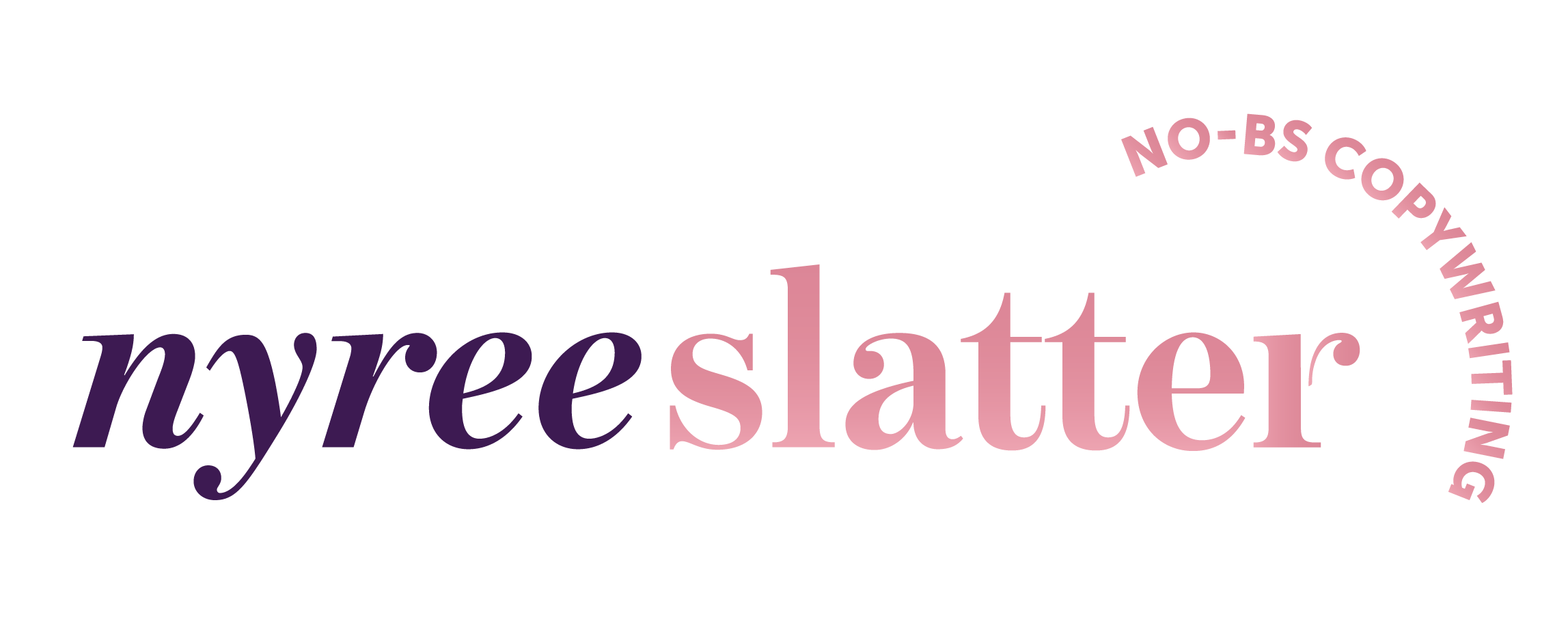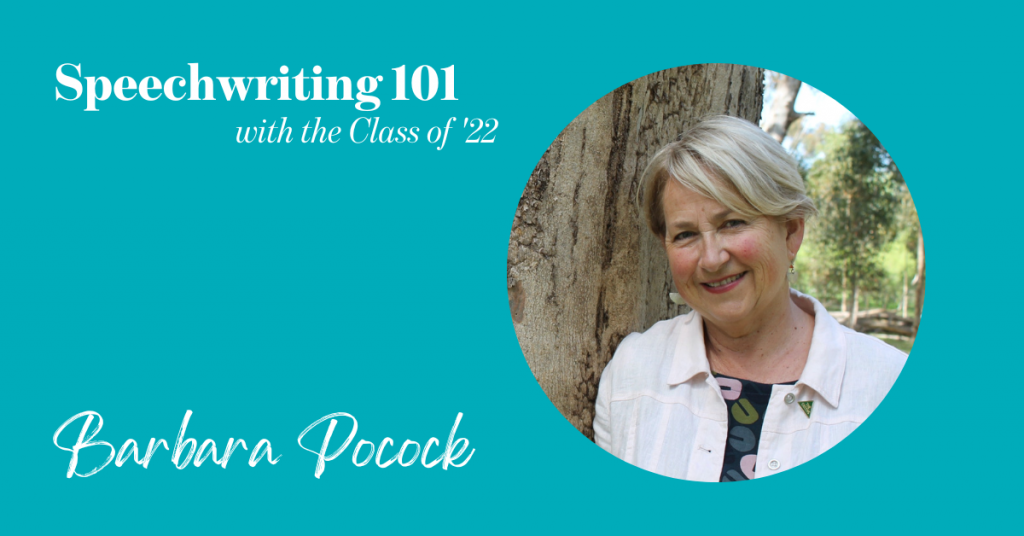Senator Barbara Pocock has made a career out of knowing her stuff. As an economist and Emeritus Professor at the University of South Australia, Barbara has focused much of her research on work and employment, particularly how it effects women.
Now as a Greens Senator for South Australia, Barbara is continuing her advocacy for women’s workforce participation, fair pay and support. And let’s not forget the environment.
Barbara’s speech outlines her history and where she got her political views from. (Hint: not her parents!) But it’s also an exploration of the issues facing women who want to get into the workplace, what happens when they get there and how our slavery to markets is reducing how much we care for our most vulnerable.
But it’s the way Barbara uses her voice that makes her speech great. You’ll hear in this snippet – and the rest of the speech – how she uses short pauses, volume, staccato and even her hands – to add emphasis to the words.
We talk about voice, but we must listen to First Nations voices now and do no fresh harm by ignoring their wishes and their connection to country. We are not honestly facing the truth of our past if we fail to act respectfully now.
It’s a convincing speech with just the right amount of emphasis to make it stick.
To use emphasis in your own speeches:
• Read your speech out loud and listen to where you naturally emphasise words or phrases. Mark these on your speech notes so you can replicate what works.
• Emphasis comes not only from strength. Use the volume of your voice (quiet can be effective too!), tone, inflection, your pauses, your hands and body, your face or even sound effects (onomatopoeia anyone?) to add weight to your words.
• Don’t over-egg it. When you try to emphasise everything, you’ll end up emphasising nothing.
Give it a try for yourself and let me know how you go.
If you need more help, download my free guide to writing ovation-worthy speeches here.








